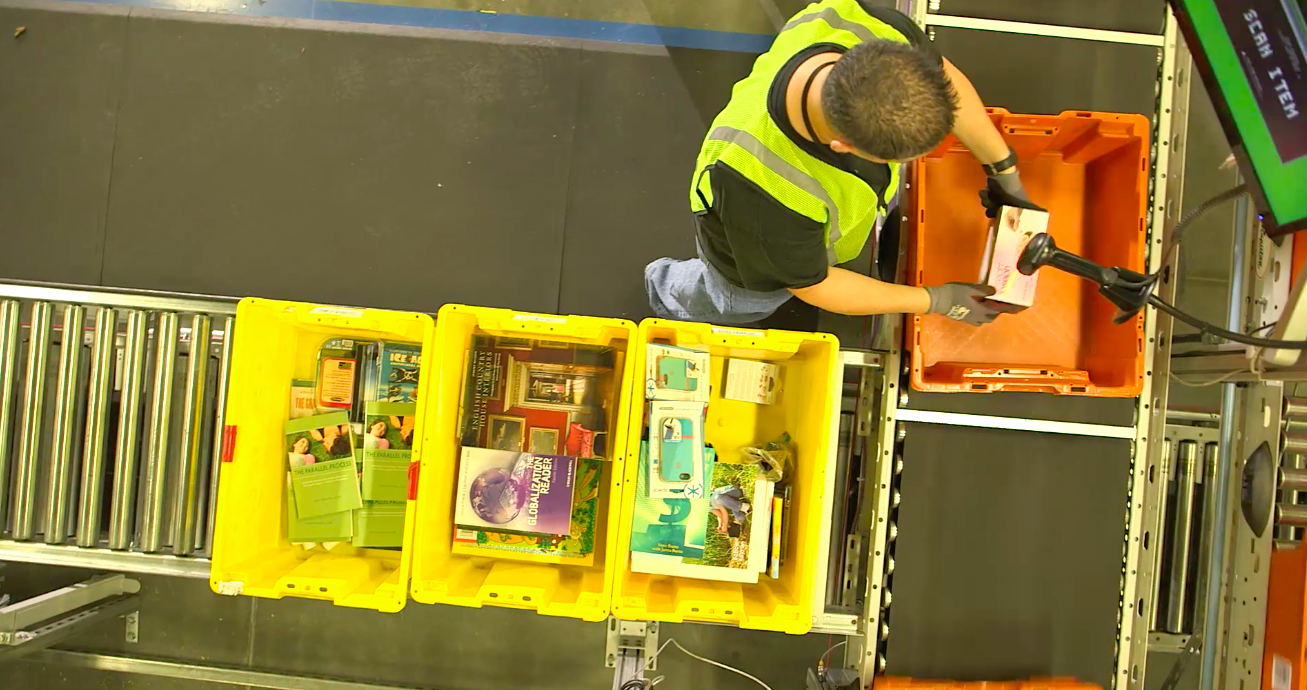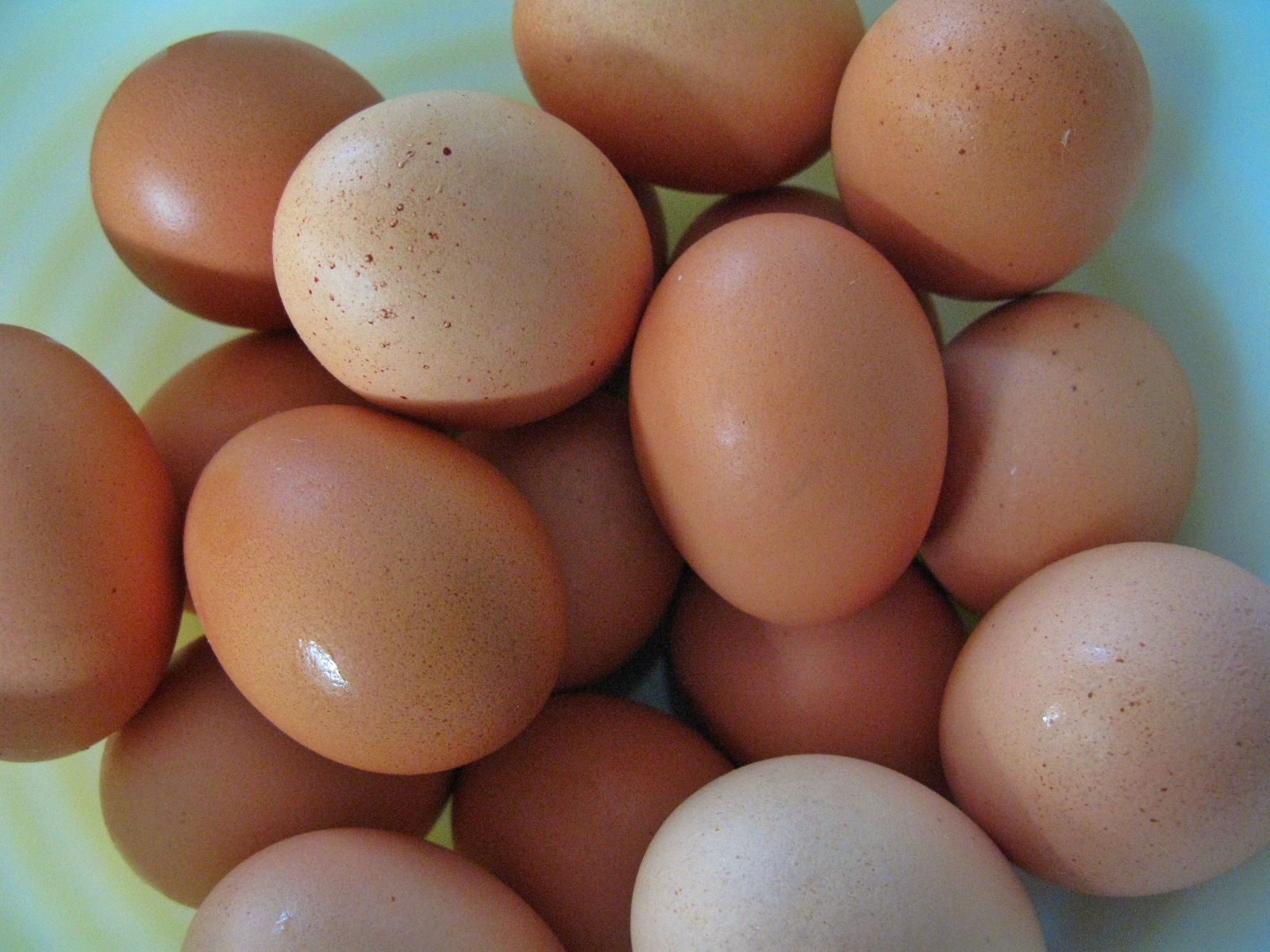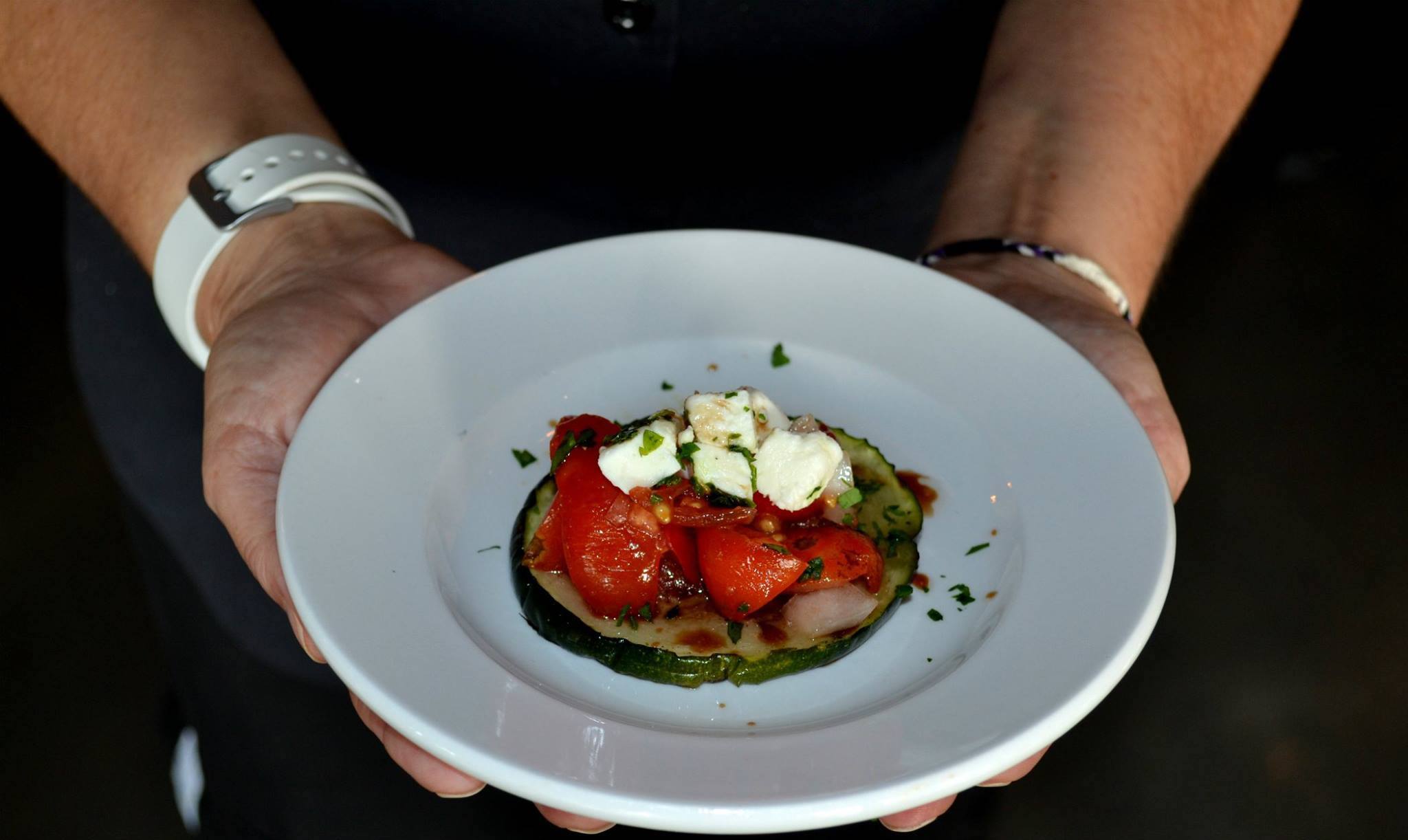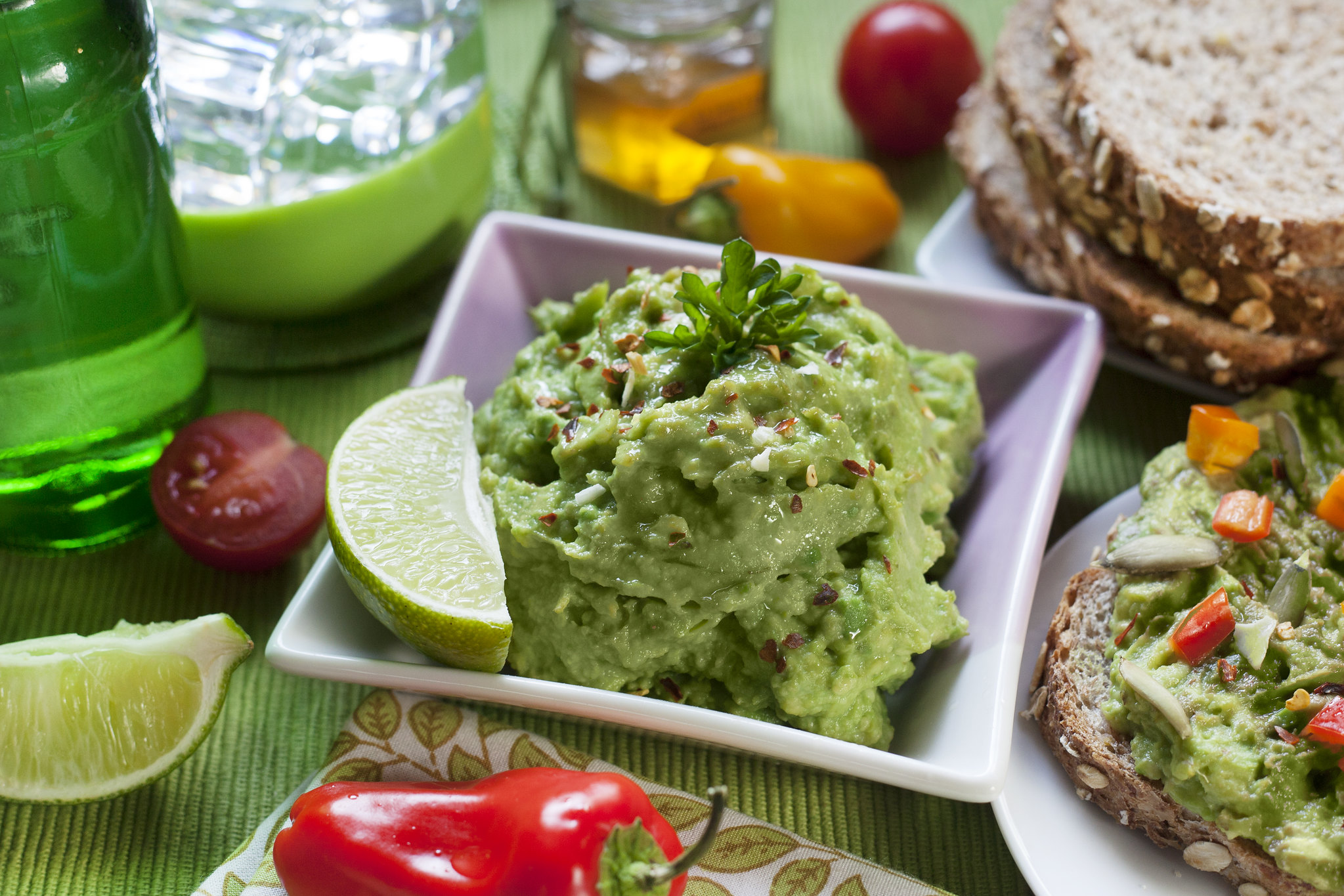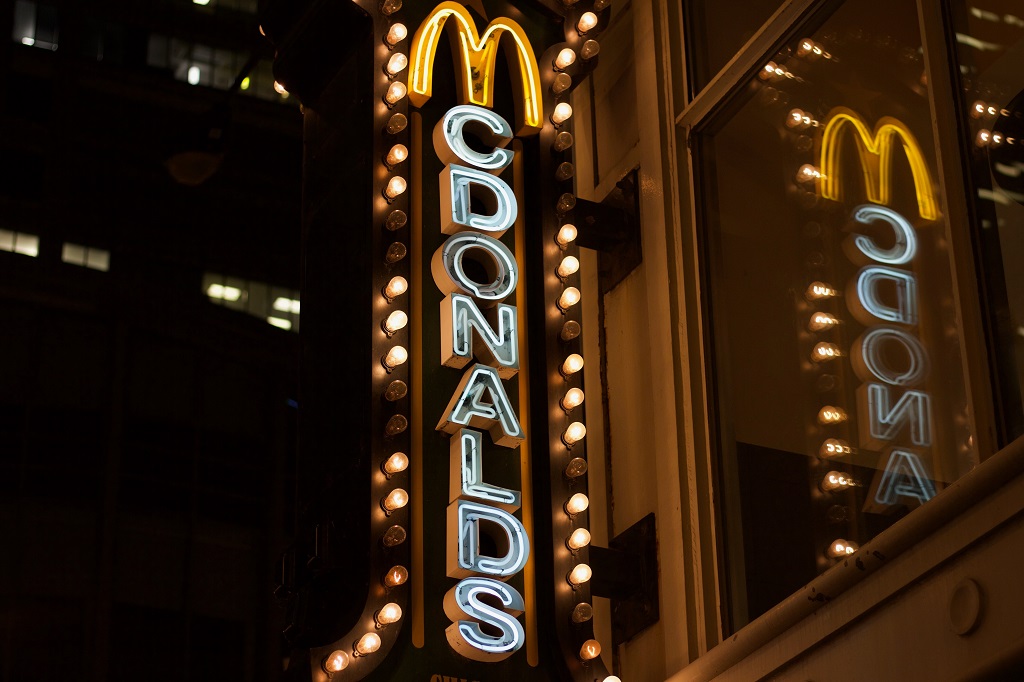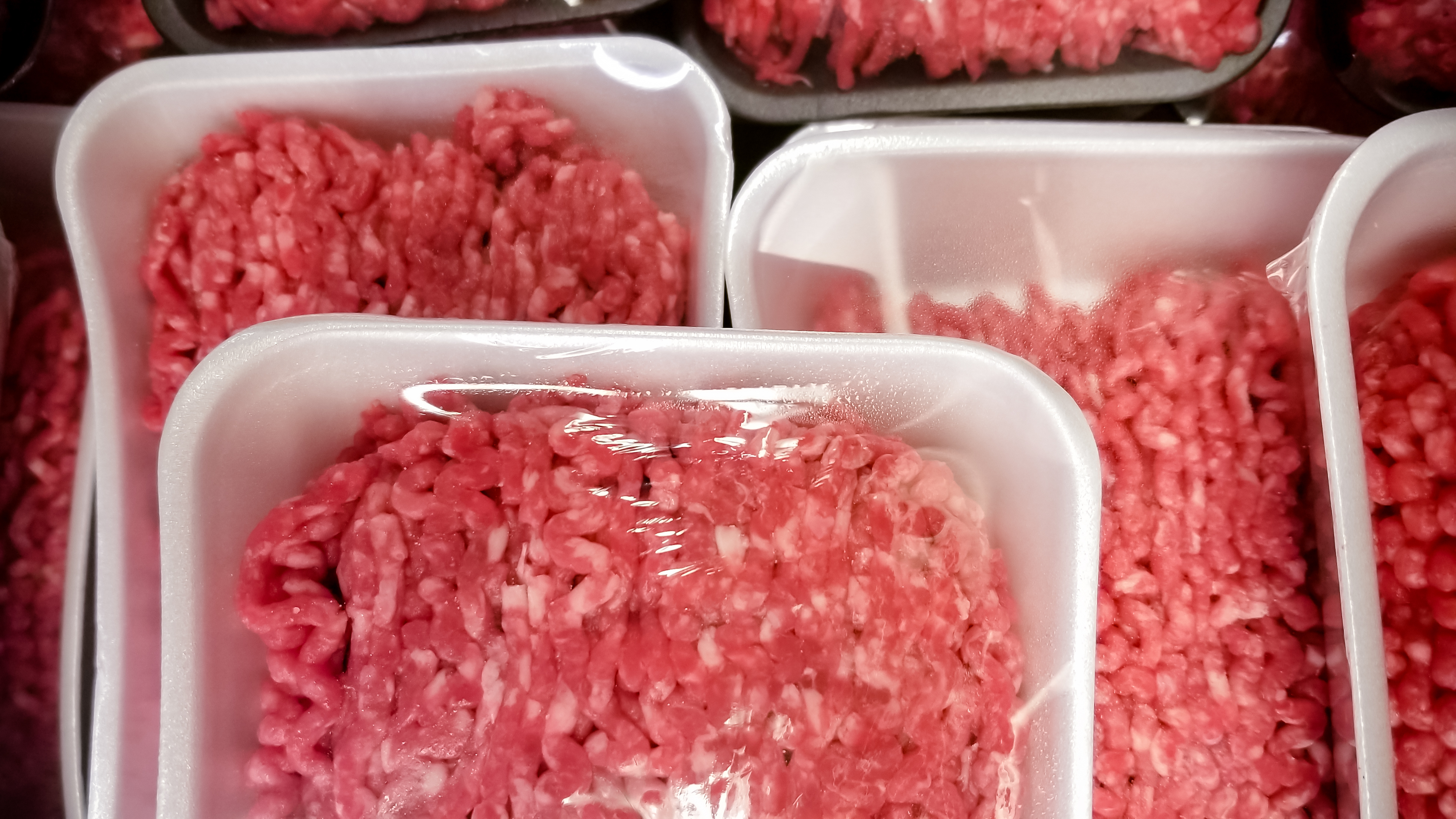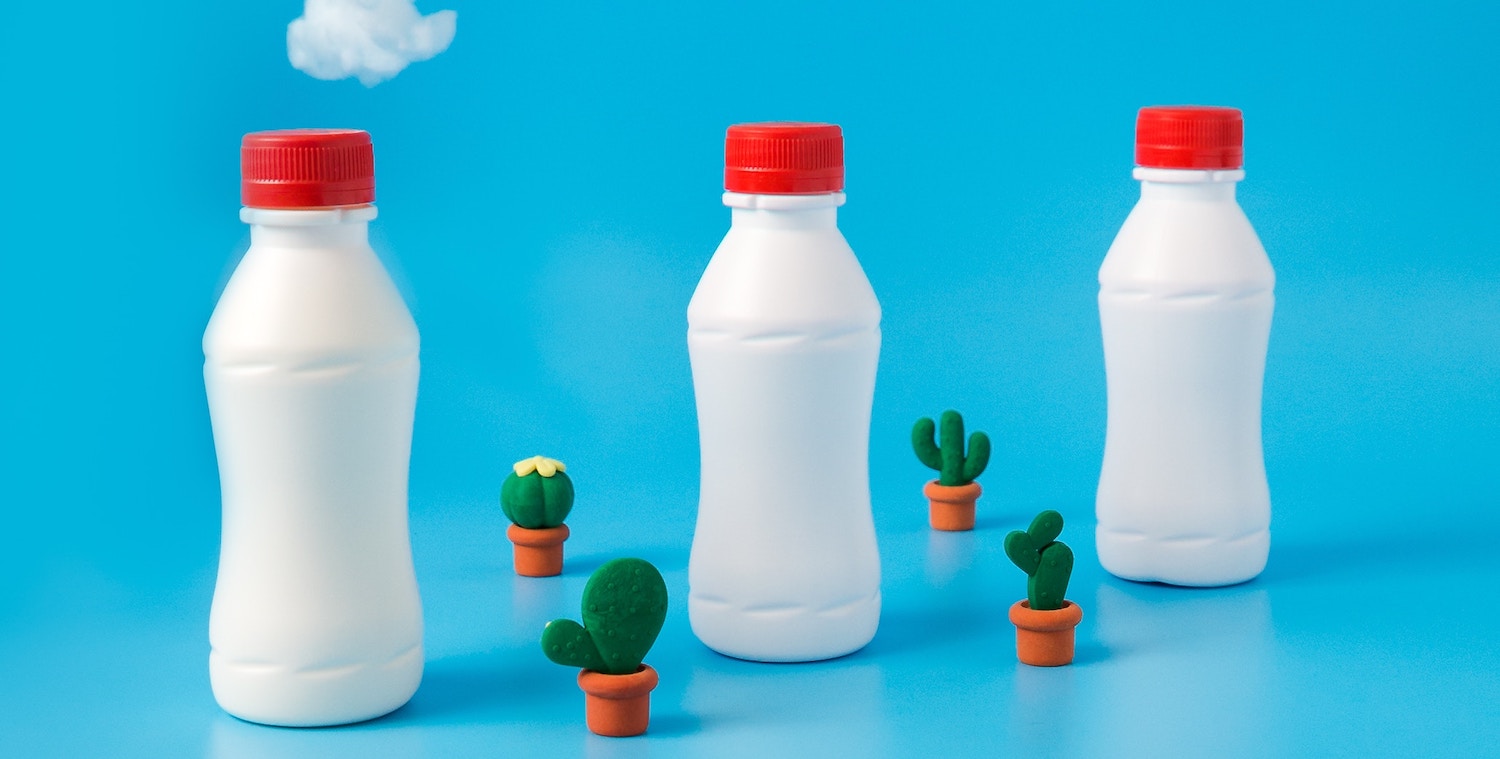This is the web version of a list we publish twice-weekly in our newsletter. It comprises the most noteworthy food stories of the moment, selected by our editors. Get it first here.
Make soil diverse again. Seventy years ago, the average head of broccoli contained twice the calcium and five times the vitamin A of today’s mini trees. USA TODAY reports on how soil degradation—caused by excessive tilling and monoculture—led to this nutrient deterioration, and on the growing soil-health movement taking shape among farmers in the Midwest and elsewhere in the country.
Mo’ chicken, mo’ problems. The injury rate at poultry processing plants is declining, but the industry remains notorious for putting workers at risk for the sake of efficiency and profit, according to a report from The Midwest Center for Investigative Reporting. You can blame a large part of this problem on a lack of government oversight. For one, chicken processing speeds—determined by USDA for the sake of food safety, not worker safety—are higher than ever, putting the employees who handle carcasses at risk. For another, OSHA provides only guidelines—not requirements—on safety training. As long as our country’s demand for chicken remains as high as big processors’ need for profit, workers will continue to pay the physical and emotional costs.
Milk it for all it’s worth. Gone are the days of cattle raised specifically for meat or dairy. The newest thinking in sustainable meat is “mature”—meaning retired dairy cows who then go on to make very good, very marbled beef (a piece of wisdom that the country of Spain has been onto for 100 years). To wit: “While a single beef cow typically turns into 600 pounds of meat, the dual-purpose cows—those grown first to produce dairy and later beef—produce about 80,000 pounds of food in total, including milk, cream, butter, and beef,” writes Mari Uyehara for Taste. Often deemed better tasting than beef cattle, restaurants and schools in America have started to introduce the beef produced by retired dairy cows into their kitchens.
A long time coming. We’ve put some distance between the deadly Jack-in-the-Box E.coli contamination of 1993 and the romaine crisis this April. But while outbreaks may not be as shocking as they once were, they are not any less threatening. And until recently, the federal government has put very few resources into stopping them. President Obama signed the Food Safety Modernization Act into law in 2011, compelling FDA to develop water safety regulations for produce, among other practices, but the agency began enacting them four years later—and they are still being phased in. A report by The New Republic calls for farmers and government agencies to work together to prevent the scourge.
SNAP no more. At the end of July, 1,700 of the 7,000+ farmers’ markets in this country will no longer be able to serve customers who use Supplemental Nutrition Assistance Program (SNAP, formerly food stamps) benefits to buy produce. And all because of a technical difficulty. The Austin, Texas-based Novo Dia Group, which processes 40 percent of SNAP transactions at farmers’ markets nationwide with its Mobile Market Plus software, is set to end its service, The Washington Post reports in collaboration with the Food & Environment Reporting Network (FERN). This comes as a particular blow at a time when divisive debates over food assistance have repeatedly hamstrung lawmakers on Capitol Hill.
Lunch table inclusion. New York City will allocate $1 million in funding for a pilot program to provide halal and kosher meals to the city’s public school students during the coming fiscal year, Jewish News Syndicate reports. Last September, the city announced that it would provide free school lunches to all students, due to enough families qualifying for free and reduced-price lunches. And while free lunch isn’t cost prohibitive—is free lunch that doesn’t feed everyone really free? Here’s a move that would guarantee everyone a seat at the lunch table.

